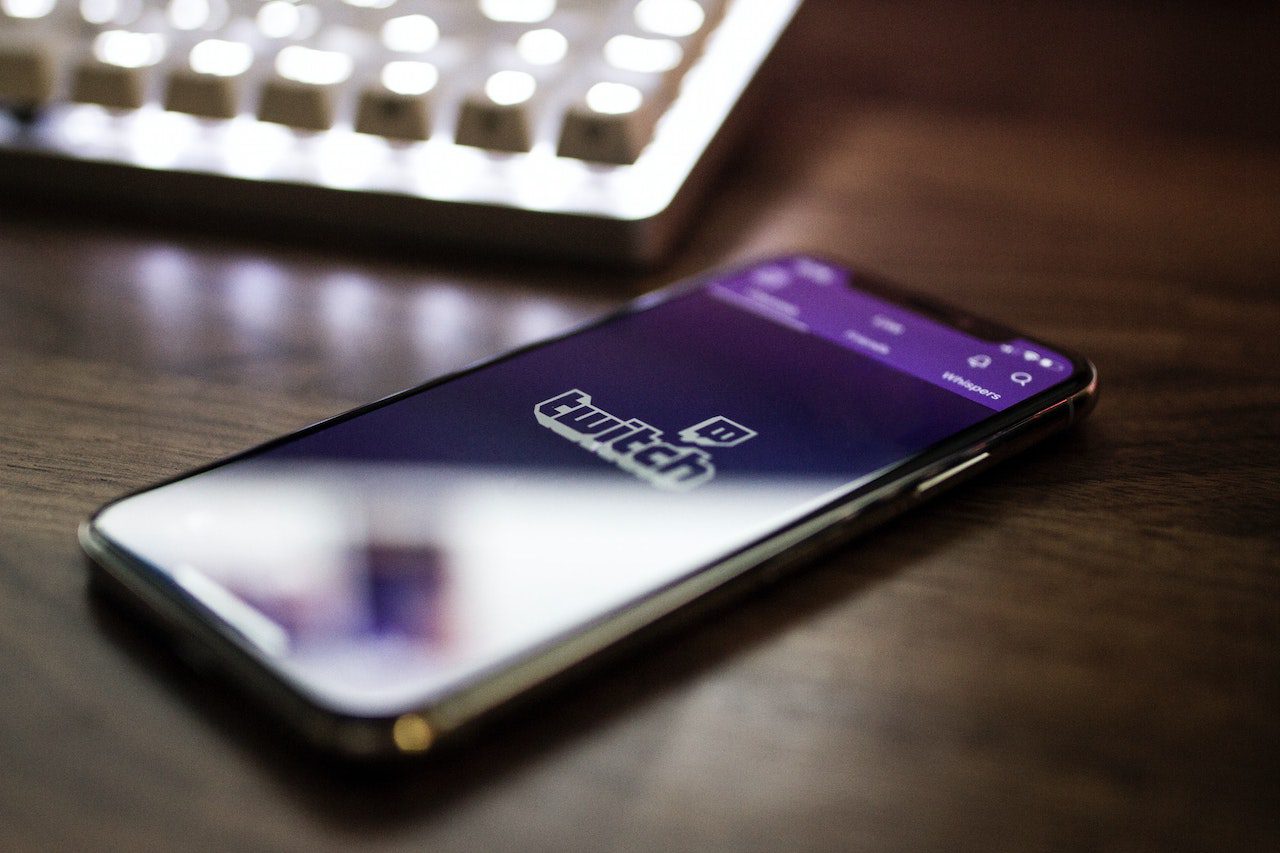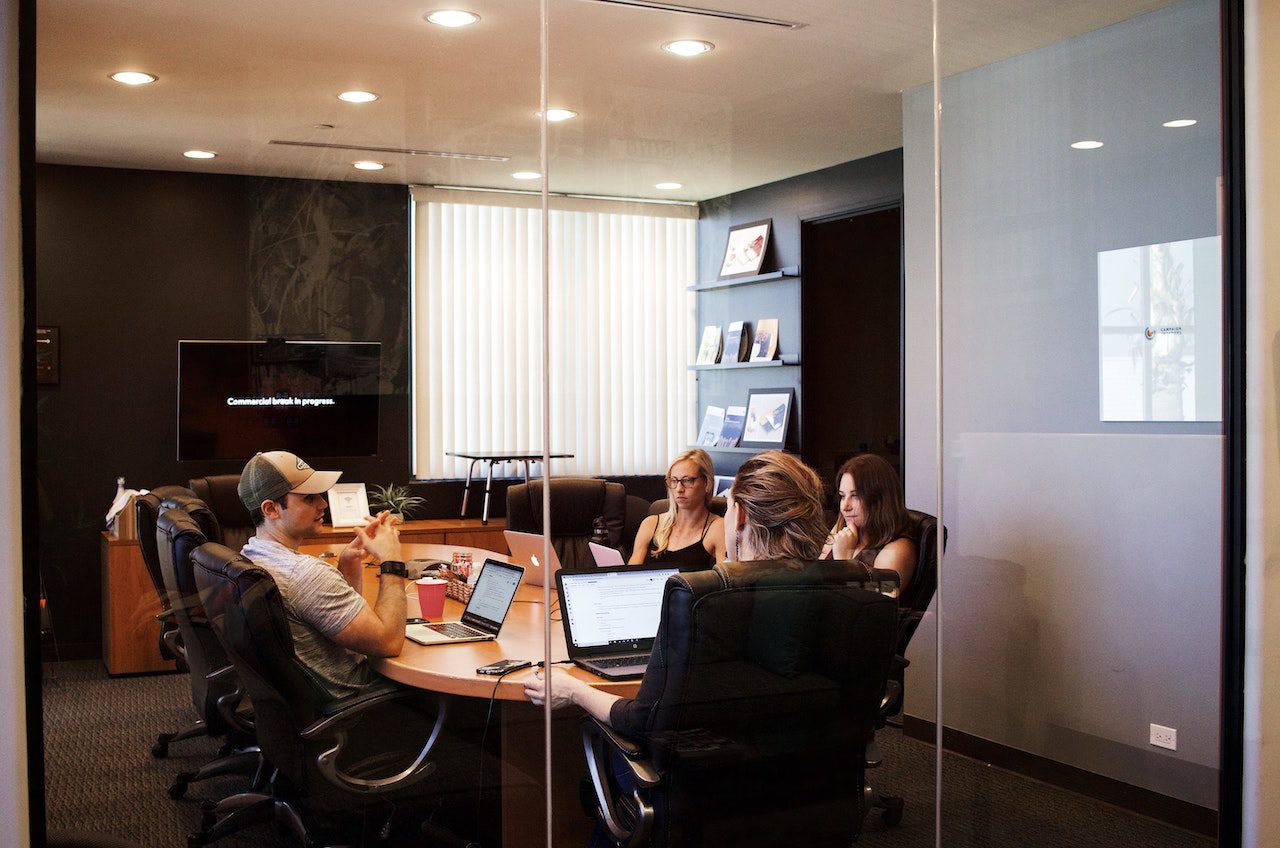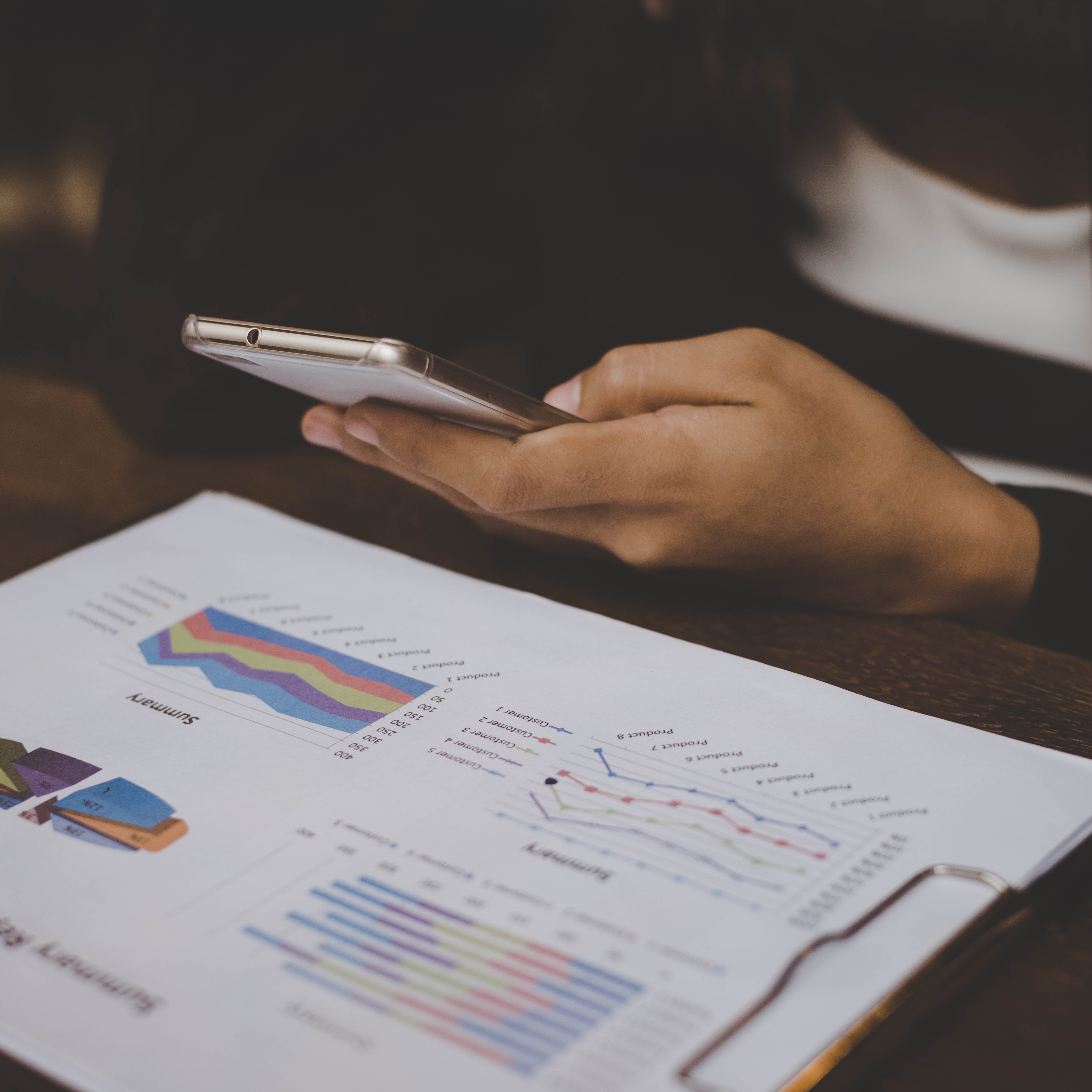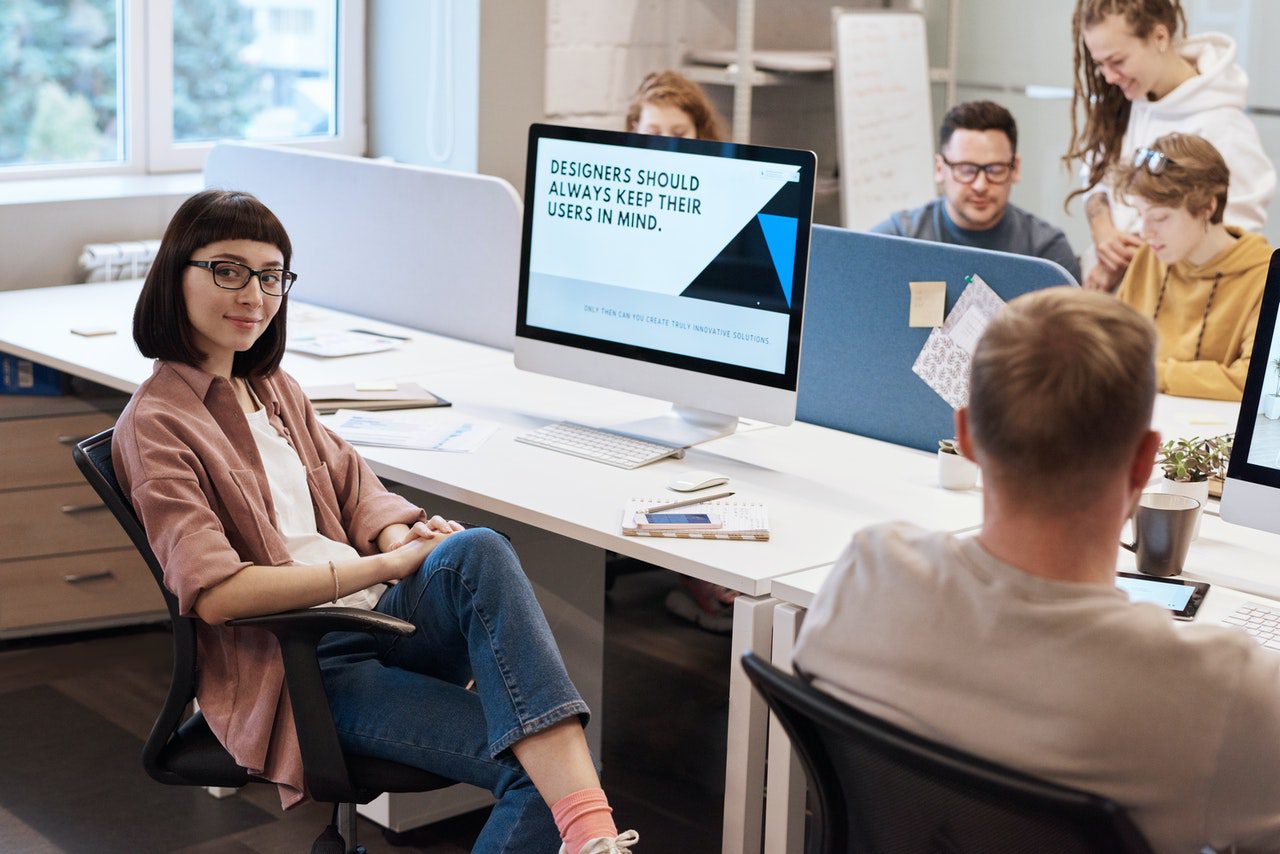5 Best Ways To Get Funding for an App
To get your app idea to the market, you need to secure funding to build it. That means you’ll need to find investors who see the value in what your...

Good app design requires understanding how your users interact with your app and why they respond the way they do. UX design offers best practices that every designer should follow. To take your user experience to the next level, you can incorporate the insights that emotional design shares as well. Emotional design emphasizes the emotional response that compels users to continue engaging with the app and to recommend the app to friends and family. Here’s how to use emotional design to create an app your users will love.
Don Norman’s book, In Emotional Design: Why We Love (or Hate) Everyday Things, explores three levels of design that reflect people’s emotional response to an experience: visceral, behavioral, and reflective. It’s through these emotional reactions that people connect to everything they engage with, including apps.
When an object triggers all three of these emotional reactions, humans feel joy or lasting pleasure. Achieving this state provides a way for you as a designer to cultivate a deeper relationship with your users. These emotional responses can be crafted by applying emotional design principles. You may use any of the three levels individually, but your app will be more effective when using all three levels of emotional design together to create a strong emotional experience.
Visceral design focuses on the visceral reaction triggered by an initial sensory experience. This powerful reaction happens without conscious thought and sets the initial framing and the mood for what you’re viewing. Visceral design is not about the tangible benefits of a product but the process of tapping into a user’s beliefs, feelings, and attitudes and eliciting an emotional response. A positive visceral reaction can establish a positive context for future interactions.
An example of visceral design is the strategic use of color. People associate colors with specific things: yellow most often indicates happiness and joy, and blue is often associated with trust and communication, and orange typically generates excitement.
Visual elements aren’t the only things that can trigger a visceral reaction. The style of language you use can also make an impact. The copy used in your app’s onboarding process will set the tone for the user experience.
Behavioral actions occur when we interact with a product and derive value from it. This is often called usability, though behavioral design also encompasses product function, performance, and effectiveness. Behavioral science, the foundation for behavioral design, provides insights into human behavior that applies to all users. The overarching principles of behavioral design are: 1) the behavior you reward will be repeated, and 2) how you deliver a reward impacts the reinforcement of the desired behavior.
When our interactions with the product are fluid, familiar, and expected, we enjoy our experience, and we have a sense of empowerment, trust, and desire for more interactions. When designing your app, consider how quickly users can meet their goal(s) and the incentives for them to do so.
Sanvello is a great example of an app successfully leveraging behavioral design to boost mental health. When users first start engaging with the app, they rate how they’re feeling and can see past entries to track progress over time. Guided journeys help them learn about topics of interest, and they can track progress to their goals. There’s also a community so users can share learnings and support each other.
Reflective design focuses on how we feel after interacting with an app. It includes conscious thought where we actively consider the design — judging it and evaluating it with pros and cons — and then decide based on that analysis of what it means to us. Reflective design can evoke emotions that extend beyond the product and encourage users to share experiences with others. It encouraging thinking, internalizing the interaction with the app, and cultural impact. Since we are hard-wired for connection, it also reflects the desire for a shared experience.
Fitbit is a good example of an app leveraging both behavioral design and reflective design. The app motivates people to exercise while keeping them engaged through the use of badges and competition. Fitbit leverages reflective design by adding in a level of social engagement where users can link with their friends to compete and share experiences and accomplishments.
The ultimate reason to create an app or any product is to solve a user’s problems and delight them with the interaction and outcome. That feeling of delight is at the junction of visceral, behavioral, and reflective emotional design.
Users start by wanting or desiring an experience, and then they must be able to interact with the app and derive value. This feeling reinforces continued usage and builds trust to a level where the user will want to tell others. App designers need to cultivate these emotional responses at each level to be effective.
There are several elements or techniques you can use to help create an emotional response. Here are six of the most effective.
Duolingo is another excellent example of an app leveraging emotional design principles. A user is greeted by the brand’s welcoming bright green cartoon owl, setting the stage for a playful and fun way to learn a language. Aspects of app gamification motivate people to continue through rewards and challenges, and users can track their progress towards their goals. Duolingo leaves users with a positive impression and a desire to continue their language learning journey.
Apps are leveraging emotional design across all industries. If you have an addiction to your daily cuppa Joe, it may be due to the effectiveness of the Starbucks app. Your social media apps regularly call your attention, and that’s because of emotional design. Take a closer look at the apps you use the most, and you’ll likely find they leverage aspects of emotional design to keep you engaged — whether with humor, color, design elements, social connection, or other elements.
Creating a good app takes a lot of work. Creating a great app requires knowledge and skill. No matter the nature of your app, there are ways to incorporate aspects of emotional design to generate connection, usability, and engagement. When you understand your users, base your design on UX principles, and leverage emotional design, you’re positioning your product for success.
Want to learn more about how we help clients build successful apps? Get in touch.
Subscribe to our newsletter.

To get your app idea to the market, you need to secure funding to build it. That means you’ll need to find investors who see the value in what your...

We’ve previously written about successful tips on how to wireframe your app and how to figure out the least and crucial amount of things you need to...

It’s easy to get confused between what a web developer is and what a web designer is. After all, they both work on websites, and nowadays, the two...